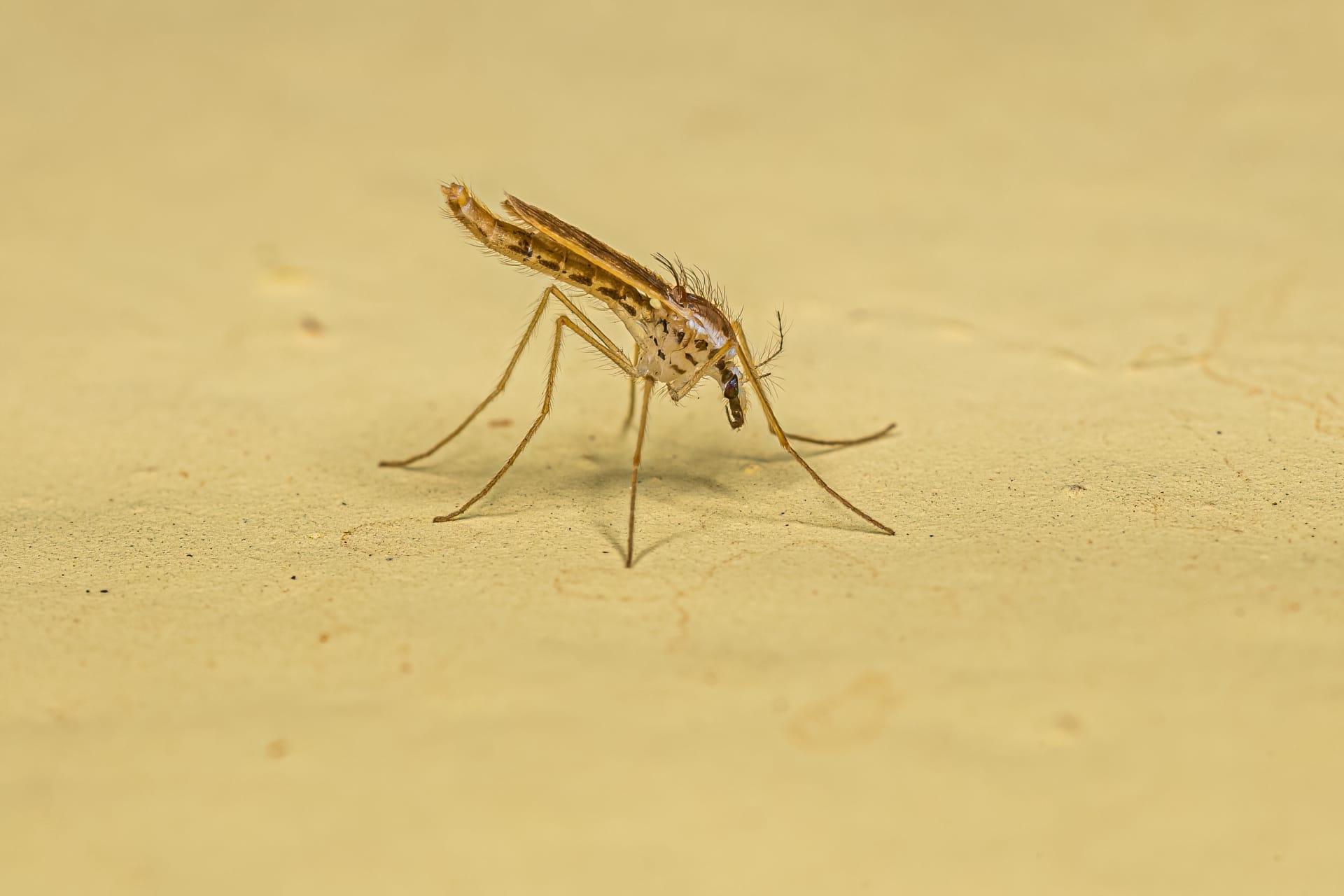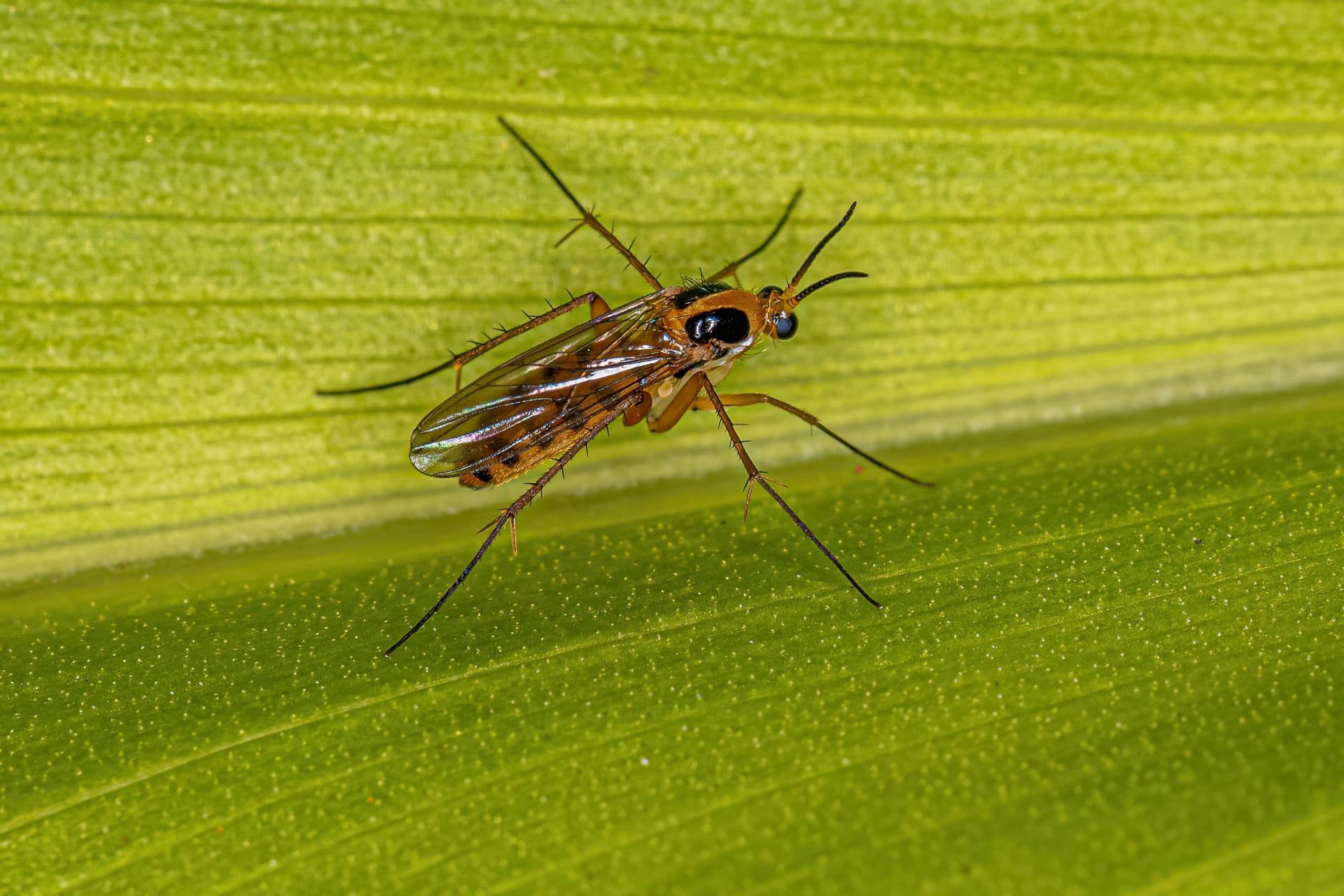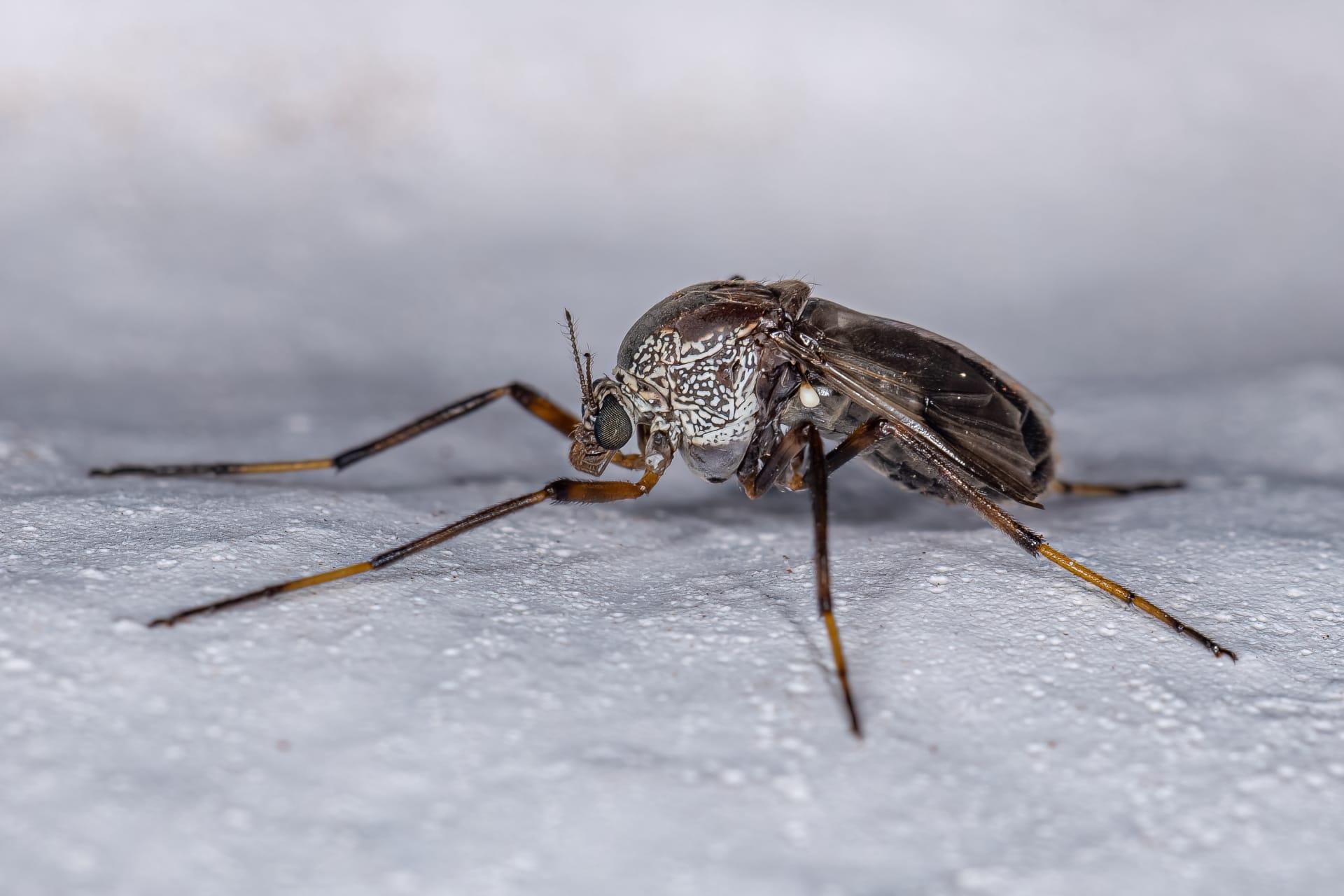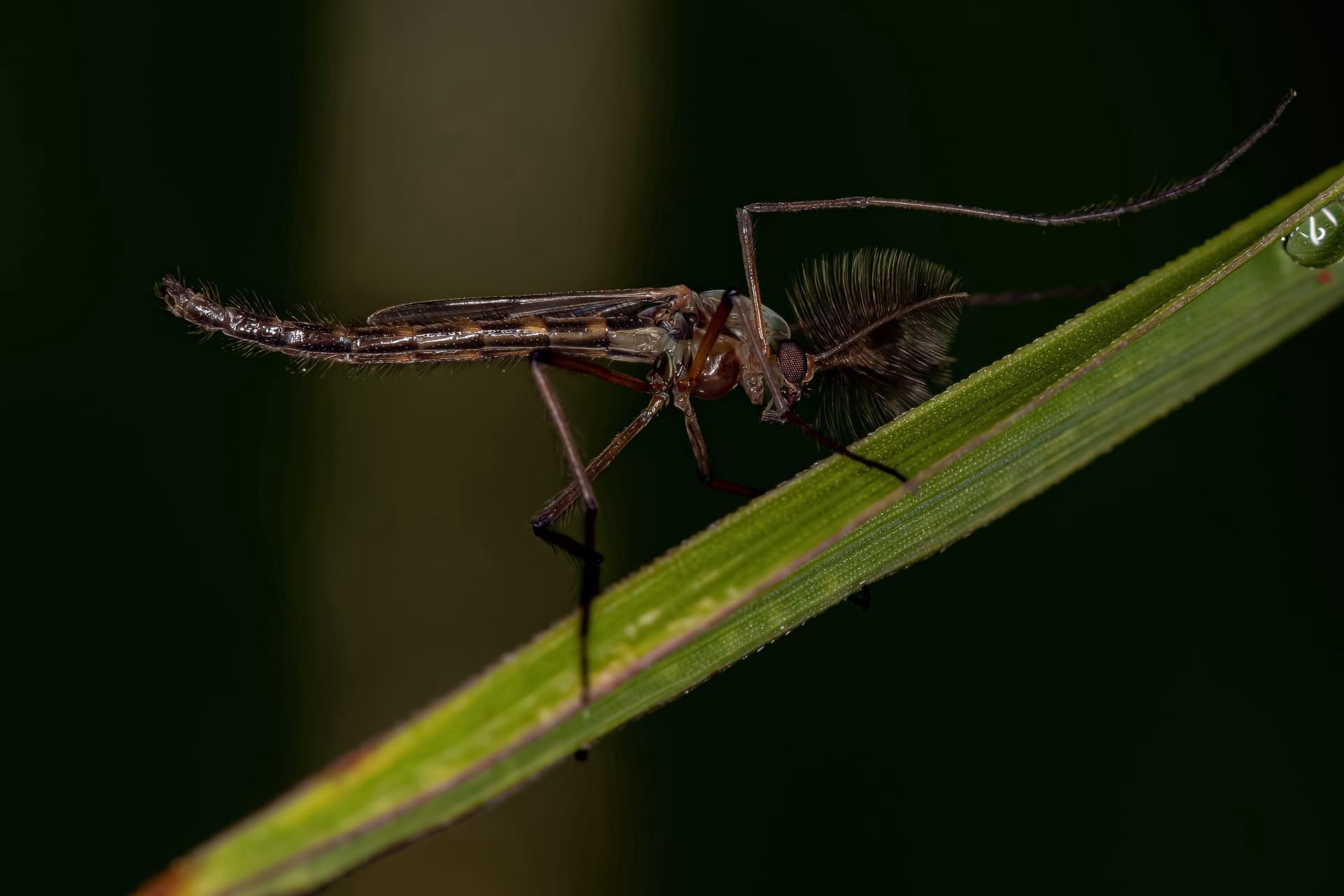Midge Fly
- Home /
- Mini Encyclopedia /
- Animal /
- Midge Fly
1
Midge flies, scientifically referred to as members of the family Chironomidae, are a fascinating group of insects belonging to the order Diptera, which also includes flies and mosquitoes. They are distinguished by their small size, typically ranging from 2 to 3 mm in length, and slender bodies. Their antennae are particularly notable, often as long or longer than their body, especially in males. Midge flies exhibit a variety of colors, from dull grays and browns to bright reds, depending on the species and environmental factors.
The distribution of midge flies is impressively global, with these insects found in virtually every terrestrial and aquatic habitat, from deep sea to high mountains. They are particularly abundant near bodies of water, including lakes, rivers, and swamps. Their larvae, known for their resilience, can thrive in a range of environments, from highly polluted urban waterways to pristine mountain streams. This wide distribution is a testament to their adaptability and the significant role they play in various ecosystems.

2
Question: Do midge flies bite or transmit diseases like mosquitoes?
Answer: A common misconception about midge flies is that they are blood-sucking pests like mosquitoes. However, the truth is quite different. Adult midge flies, for the most part, do not feed at all; their mouthparts are not developed for biting. Instead, they focus on mating and laying eggs during their short lifespan, which is typically only a few days. Furthermore, midge flies are not vectors for diseases. Unlike mosquitoes, they do not transmit pathogens to humans or animals. This distinction is crucial in understanding their role in the environment and their impact on human activity.

3
Midge flies have developed several intriguing survival strategies. One significant strategy is their prolific breeding. Female midge flies lay hundreds of eggs in water or moist soil, which hatch into larvae within a few days. These larvae, known as "bloodworms" due to their red color in some species, are remarkably hardy, capable of surviving in low-oxygen environments by using hemoglobin to bind oxygen. This allows them to inhabit areas where other aquatic insects cannot survive.
Another strategy is their swarming behavior. Adult midge flies form large swarms, often at dusk, which serves multiple purposes. Swarming helps them avoid predators, as the mass of flying insects can be confusing to birds and other predators. It also plays a crucial role in mating, as swarms are where males and females meet to mate. This swarming behavior is a spectacle in many regions, often noticed near bodies of water.

4
In the ecosystem, midge flies play a vital role in both aquatic and terrestrial environments. Their larvae are a crucial part of the aquatic food web, serving as a primary food source for a variety of fish and aquatic insects. This makes them integral to the health and sustainability of freshwater ecosystems. Their presence indicates water quality, as some species are sensitive to pollution and can be used as bioindicators.
On land, adult midge flies serve as a food source for a wide range of animals, including birds, bats, and spiders. Their mass emergences provide a feast for predators, making them a key component in terrestrial food chains. Additionally, their activity as pollinators, though less significant than bees or butterflies, contributes to the pollination of certain plants, demonstrating their diverse role in the ecosystem.

5
Film: "The Secret World of Midges" is a documentary produced in the United Kingdom in 2021. This film explores the hidden life of midge flies, showcasing their extraordinary survival strategies and ecological importance. It includes stunning macro photography, revealing the intricate details of these tiny insects and their interactions with their environment.
Book: "The Midge Fly Chronicles" by Jonathan Green, published in the United States in 2019, offers an in-depth look at the life cycle and behavior of midge flies. Green combines scientific research with engaging narratives, providing a comprehensive overview of these insects and their significance in freshwater ecosystems.
Book: "Winged Jewels: A World of Midge Flies" by Dr. Emily Dawson, released in Canada in 2020, delves into the diverse world of midge flies. Dawson's work highlights the various species, their unique adaptations, and their roles in different ecosystems around the world. The book is richly illustrated, making it accessible to both scientific and general audiences.